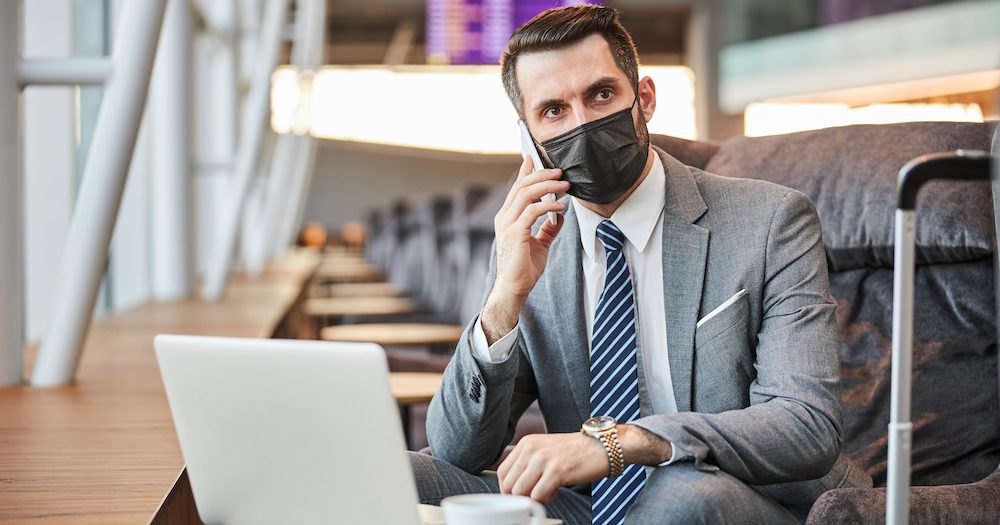Businesses are starting to plan their travel for 2022, however as the pandemic continues and new variants emerge, travel will remain a complex, yet doable business activity. As a result, Corporate Traveller’s Tom Walley says pre-planning and risk assessment to prioritise traveller safety and minimise disruptions must be a greater priority for businesses before resuming travel.
Tom Walley, General Manager at Corporate Traveller, says that despite promising vaccination rates, the threat of the pandemic remains, and the new Omicron variant has thrust businesses into a world of uncertainty.
“Businesses need to continue to be on high alert and ensure their duty of care to their travelling employees is a top priority.”
Tom’s comments come amid the recent release of the international ISO 31030 Travel Risk Management standard.
Corporate Traveller welcomes the standard and says that its release is timely and important, given the current climate.
“As businesses continue to face a number of pandemic-related challenges, the availability of such a standard will help leaders implement the procedures and actions needed to travel safely,” he says.
“Travel management companies (TMCs) such as ours have worked with businesses over the last 18 months on risk mitigation strategies to ensure they can continue travelling.
“The new standard formalises these strategies and ensures businesses can implement them independently and easily, providing the protection needed in the event of COVID infection or other health and safety issues during travel.
Here are 7 must-have safety protocols Tom believes businesses should implement, to reflect the new ISO standard:
1. Establish pre-travel authorisations
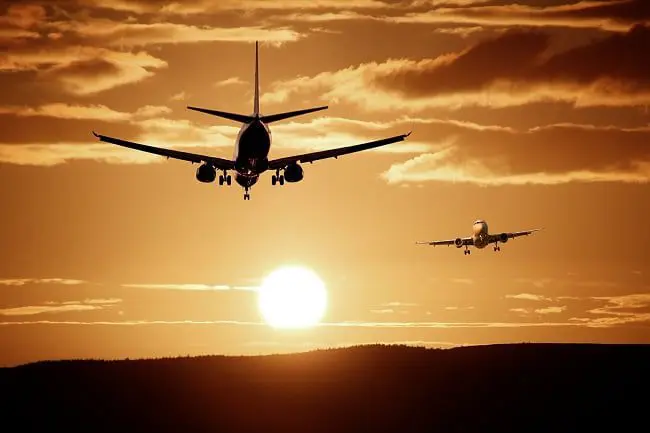
Tom says organisations would be wise to establish pre-approvals and booking procedures to provide better visibility over travel.
This can include developing a mandatory booking process that clearly outlines the booking channels that can be used for all forms of travel, transport, and accommodation, as well as the senior leaders tasked with approving travel.
It would also stipulate the approval process required to book travel outside official channels. Tom recommends using a centralised system, such as a platform developed specifically for the organisation or provided by a TMC to book travel.
This can help businesses better manage travel and make changes quickly based on emerging issues.
2. Conduct a travel risk assessment prior to planning and booking travel

A travel risk assessment allows businesses to identify, analyse, and evaluate security threats and health and safety hazards that could occur during travel.
Tom says TMCs can conduct such assessments on a company’s behalf or businesses can perform them independently.
“Business would first assess potential risks and likelihood of them occurring. These could range from personnel risk, including injury or illness, legal risk, financial risk, and data risk, including breaches in data and confidentiality.”
To analyse such risks, organisations can seek expert advice or source information from local government agencies and embassies, along with location-specific crime statistics.
Organisations should also consider causes and drivers of risk, including the likelihood of an event occurring, potential consequences and the effectiveness of existing controls.
Before commencing travel, businesses may also adjust certain protocols to minimise risk, such as changing the type of transport used or reducing the number of days travelled.
3. Assess and approve accommodation and transportation based on health, safety, and security risks

Tom says organisations need to consider potential health, safety and security risks when determining approved accommodation for travellers.
He says the standard outlines how organisations can assess accommodation options, including assessing security policies and procedures, such as evacuation and other emergency procedures, evaluating the risk to data associated with internet service provided by a hotel, as well as the suitability of amenities, such as a room safe to keep personal and business property secure.
The same applies to transportation. Organisations can consider a policy regarding airlines to use, assessing factors such as safety record and hygiene measures.
For ground transportation, organisations can also stipulate pre-arranged transport options, such as authorised public taxis employees can use. It is also important to be mindful that the cheapest option may not be the best for keeping travellers as safe as possible – so comparisons are recommended.
4. Source relevant, reliable, and up-to-date information and advice for travelling employees
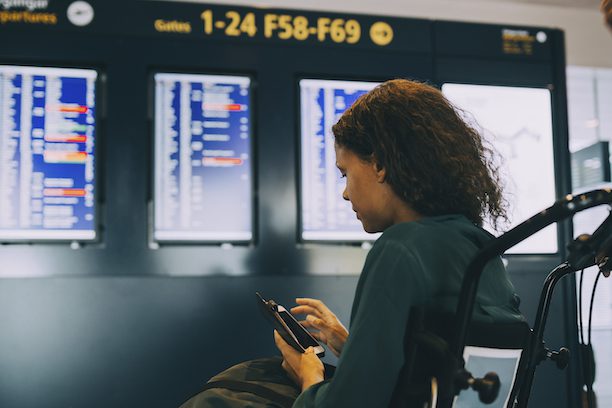
Organisations should proactively source relevant and reliable information and advice to provide to its travellers prior to and during travel. It should be location-specific and highlight the medical and security levels of risk.
Tom says the findings from the organisation’s risk assessment can be used for such advice and information.
“Organisations that travel regularly can also consider onboarding a travel management company, which are equipped with innovative technology and expert teams that can source and provide information to businesses and travellers in real-time.
“Travel management companies can also change itineraries before and during travel based on changing circumstances and increased risk to ensure travellers remain safe.”
5. Perform pre-and-post-travel checks on all travelling employees
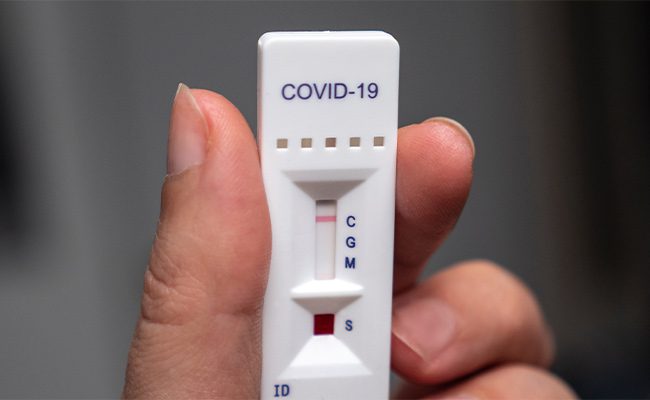
Pre-travel checks can assess whether an employee is medically fit to travel, whether that be COVID-related or general health.
Checks should consider pre-existing health conditions and ensure procedures such as testing, vaccinations and quarantine are adhered to prior to travel, particularly if an employee is travelling to a location with a high rate of COVID cases.
Tom says post-travel checks are also important, particularly if a traveller has been involved in a stressful situation or event. To minimise risks, organisations can also advise employees to travel with appropriate first-aid equipment and medicines or equip travellers with a medical kit.
6. Track travellers for peace of mind
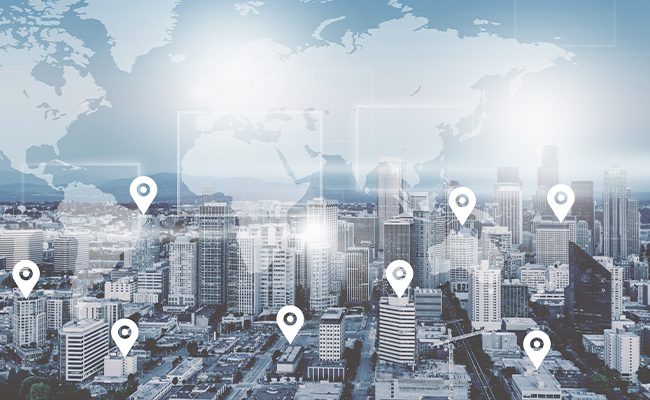
Tom says the standard outlines three methods organisations can consider to track travellers: itinerary based, expenses based, or technology-based.
However, he warns tracking travellers should only be used to ensure their safety and give businesses peace of mind, particularly when travelling to a high-risk location.
Itinerary-based tracking relates to the collation of booking information, from transportation to accommodation, to identify where travellers will be, and when, throughout their journey.
This method keeps organisations informed and allows travellers to check-in with managers at agreed points in the journey for added peace of mind, while still maintaining privacy.
Organisations could use a system that tracks an employee’s expenses, which can indicate where the traveller has been as well as ensure travel budgets are adhered to.
Technology-based tracking involves using a device or specific app on the employee’s phone which can monitor and record movements, allowing organisations to view their precise location.
7. Evaluate the travel program through employee surveys

Businesses can conduct employee surveys to identify any gaps and areas of improvement needed in their travel program. The surveys assess all areas of the travel program, including the support and information provided before and during travel, the booking process, and the overall travel experience.
Tom says, “The survey could ask for specific feedback, particularly regarding health and safety, to ensure travel remains seamless and safe for all employees.”
Click here for more information.


